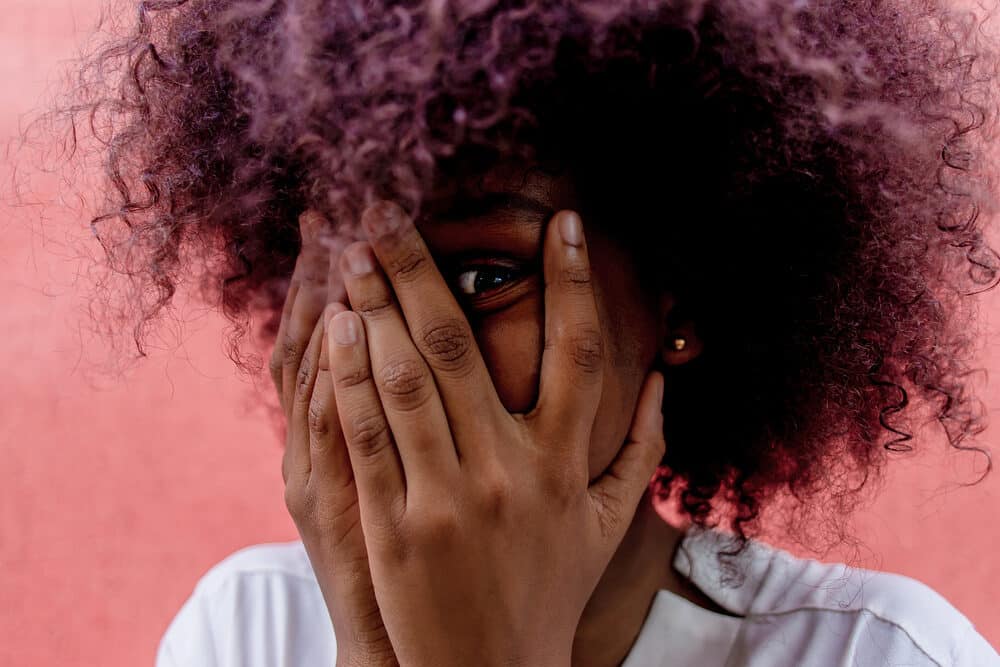
There are loads of intricacies associated with dyeing your hair. You’ve got to mix up the ingredients just right, apply it evenly, and leave it on long enough.
But one thing that’s not so clear, especially for hair dye newbies, is whether it’s better to dye clean or dirty hair. In this article, we’ll give you a clear answer to that question.
Table of Contents
Is It Better to Dye Clean or Dirty Hair?
The idea of dyeing dirty hair originated from the belief that having some kind of substance coating your scalp and hair could protect it from the harsh chemicals in the dye.
This is true to an extent, and in some cases, it’s best not to dye squeaky-clean hair. But this also doesn’t mean that your hair should be dirty.
Dirty hair is not recommended for dyeing of any kind. Dirt coats your strands and makes it difficult for your hair dye to do its job. If you want an even all-over color job that’s long-lasting, it’s best not to dye hair that’s caked up in products, oils, and debris.
The state your hair should be in before dyeing depends on the type of dye you’ll be using. Keep reading to find out more.
Key Takeaways
- Best Pre-Coloring Routine for Semi-Permanent Hair Color. Hair should be clean for semi-permanent and temporary dyes to ensure the dye adheres well. Wash your hair before coloring or within 24 hours for vibrant and even color results.
- Preparing for Permanent Hair Color. Permanent hair color works best on hair washed 48 hours prior. This allows for the natural protective oil layer to form. This oil layer provides a protective barrier against scalp irritation while coloring.
- Hair Condition for Coloring. Unwashed hair, with visible product buildup or excess oil, limits hair dye effectiveness. This can lead to uneven color results, particularly in color-treated hair. It also affects your color when aiming for a new color or shade.
- Special Considerations for Bleaching Process. Bleach can cut through oils and moderate product residue. For hair heavily coated in products (like gels or sprays), wash your hair several days before bleaching.
- Washing Tips for Color-Treated Hair. Use a clarifying shampoo for deep cleansing before dyeing your hair. Avoid conditioning your hair before applying semi-permanent dye. Conditioners can leave a cast that affects dye absorption. For a permanent color, maintaining a balance is critical. Hair shouldn’t be too clean or oily to ensure optimal color results.
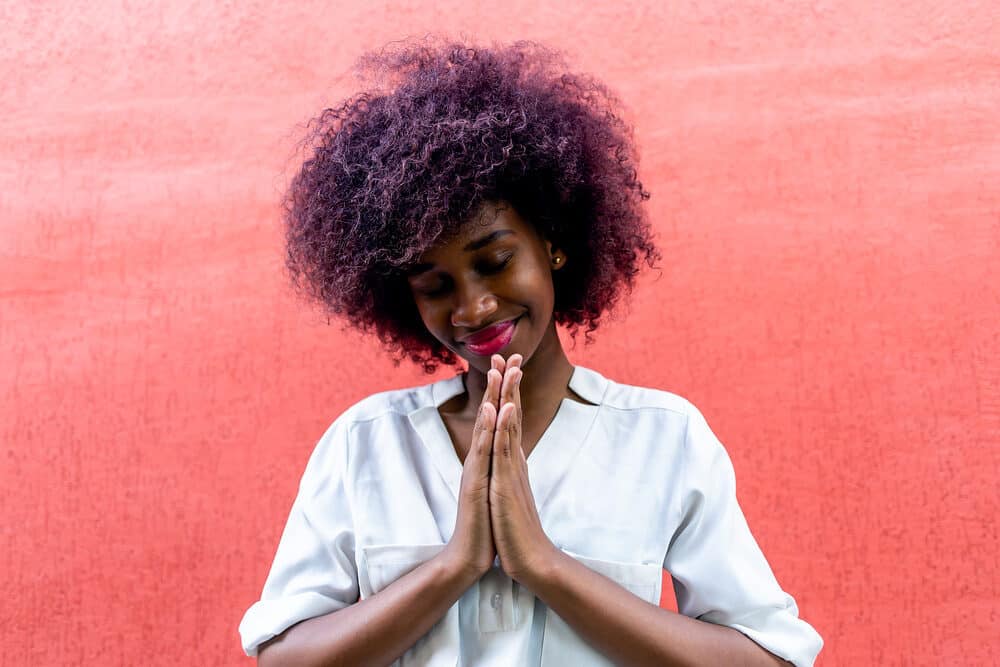
Semi-Permanent Dyes Should Be Applied to Clean Hair
If you’re going for a temporary or semi-permanent color change, your hair needs to be as clean as possible. These dyes are not formulated with ammonia or hydrogen peroxide to help them bypass your hair cuticles to deposit the color pigment.
Instead, they stain the outermost layers of the hair. Since dyes like these don’t penetrate the hair shaft, they need a clean canvas to adhere to.
And if your hair has anything coating it, it can inhibit the dye’s ability to cling to the hair shaft.
For this reason, stylists generally recommend that you wash your hair immediately before applying semi-permanent or temporary hair dye. If you don’t have enough time to wash your hair right before dyeing it, you can do it up to 24 hours prior.
That way, your hair color will turn out vibrant and even. You don't have to worry about hair damage with temporary hair dye solutions (temporary and semi-permanent dye).
These dyes are often formulated with conditioning ingredients, oils, and more to leave your hair shiny, moisturized, and more manageable than before.
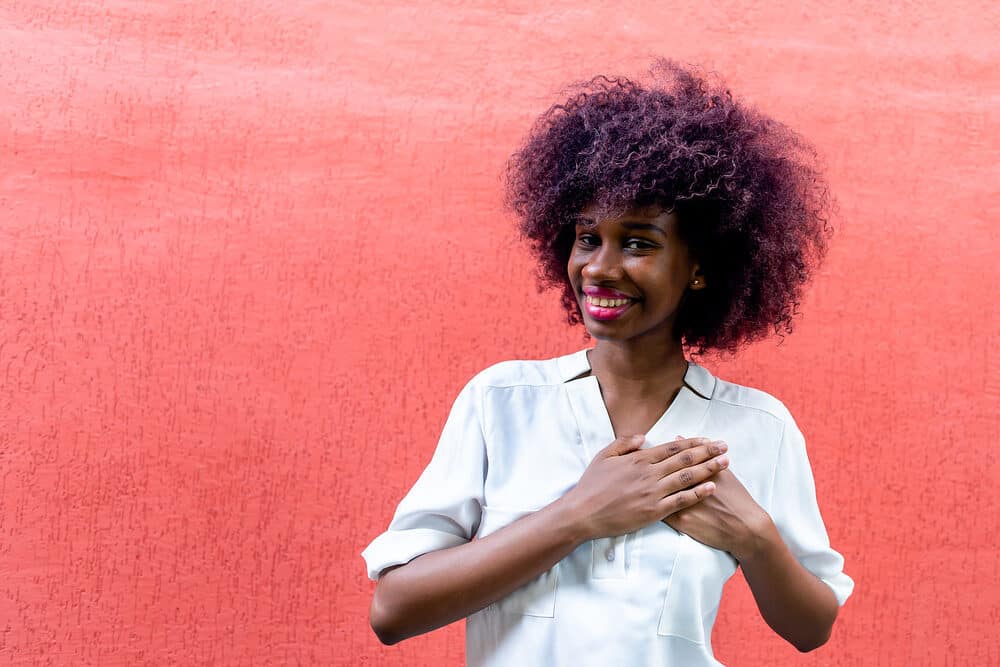
Permanent Dyes Should Not Be Applied to Squeaky Clean Hair
Permanent dyes, on the other hand, usually contain ammonia to open up the hair’s cuticles. This ingredient is strong enough to bypass your scalp’s natural oils and light product residue.
So, your hair doesn’t need to be squeaky clean before you dye it with a permanent dye. Plus, if your scalp has been recently scrubbed, you could experience scalp irritation and burning as the dye sits on your hair.
At the same time, if your hair is dirty to the point of visible product buildup, the dye may not work as expected.
So, stylists recommend that you wash your hair 48 hours before using a permanent dye for the best results. Your hair won’t be super clean or dirty. This is the sweet spot you should aim for.
Within 48 hours, your scalp will have replenished its protective oils, and you’ll be ready for a painless dyeing experience.
Note: These recommendations vary a bit when bleaching the hair. Bleach can cut through any oils on the hair as well as moderate product residue.
The only time you should wash your hair before bleaching is when your hair is caked in layers of gel, spritz, or other products.
Chances are the bleach can cut through these products, but it’s not guaranteed. So, your best bet is to wash your hair several days before bleaching it in this case.
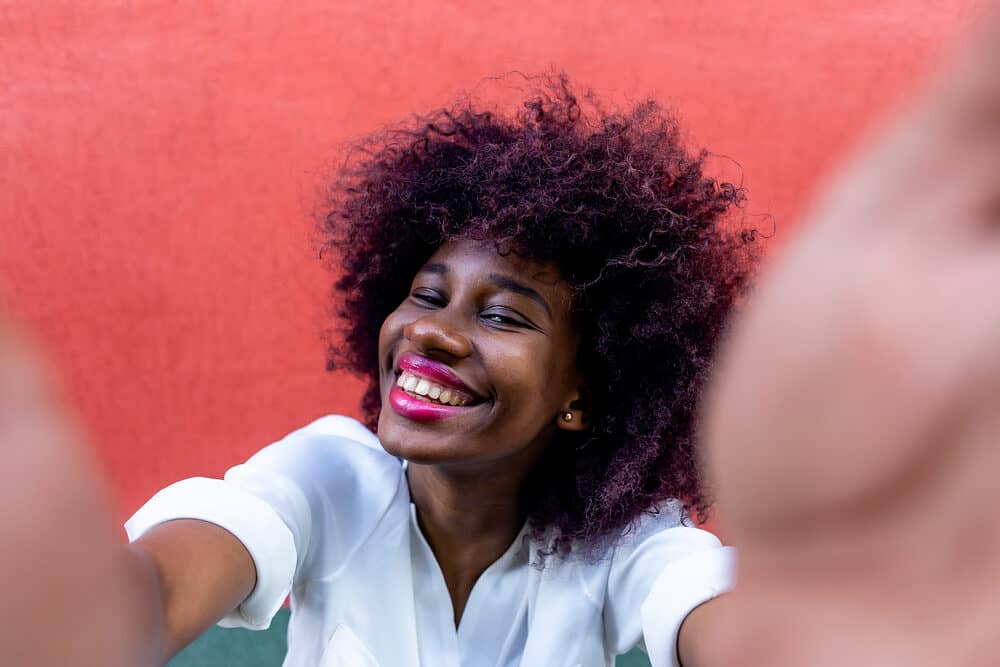
Tips to Keep in Mind When Washing Your Hair Before Dyeing
How you wash your hair is just as important as when you wash it. Here are some tips to keep in mind as you wash your hair before dyeing:
- Use a clarifying shampoo. Not just any shampoo will do - you want to get your hair as clean as possible, so you’ll need a shampoo with deep cleansing ingredients. The average clarifying shampoo (click here for an example) will do the job.
- Don’t condition your hair (semi-permanent dye only). After you wash your hair, refrain from applying conditioner. Many conditioners are packed with silicones and other ingredients that leave a cast on your hair and can affect how the hair dye works.
- Don’t rub your scalp vigorously. Some use their nails to cleanse their scalp during shampooing. This is not the best thing to do in general, but it’s even worse if you’re going to dye your hair afterward. If you accidentally scratch your scalp, you could create abrasions and experience burning while the dye sits on your hair.
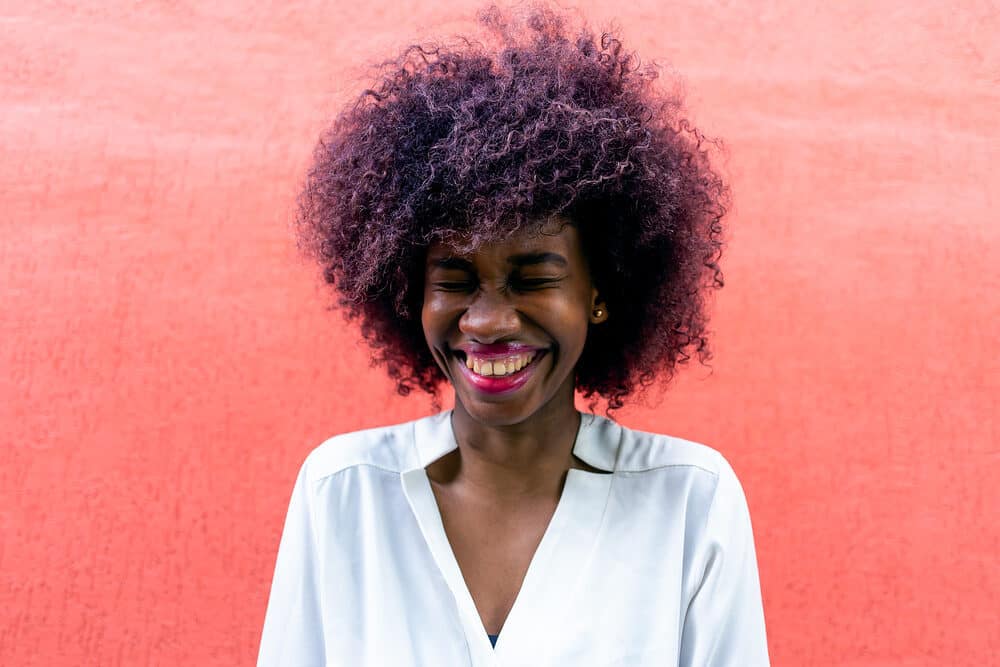
Dyeing Greasy Hair
If you still want to dye your hair while it’s greasy, you can. However, it’s essential to realize that you may not get good results, especially if you’re using a semi-permanent or temporary dye.
Here are some of the consequences you can expect if you go through with it:
- Your hair color may not turn out as vibrant as it would have otherwise.
- You could end up with uneven results, where the dye doesn’t take as well on the greasiest parts of the hair.
- The hair dye results may not last for very long due to insufficient dye adhesion.
- Your gray hairs may not be fully covered.
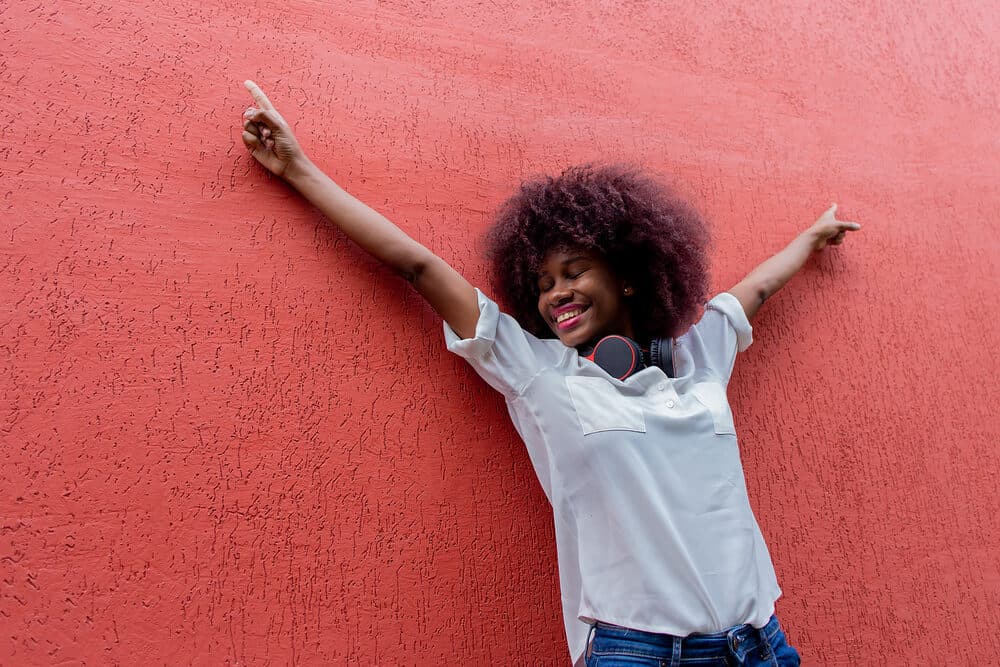
Dyeing Squeaky Clean Hair
As briefly mentioned above, you can use semi-permanent dye on squeaky clean hair. But it’s not recommended to use permanent dye on squeaky clean hair. Here’s what could happen if you do it anyway:
- You may end up with a sensitive scalp that's red, inflamed, and painful to the touch.
- Your hair may end up drier than it would have otherwise.
- You could experience breakage due to extreme dryness and the chemicals involved in the process. Hydrated hair is better able to handle the dyeing process than dried-out hair.
Get the Best Hair Dye Results at Home
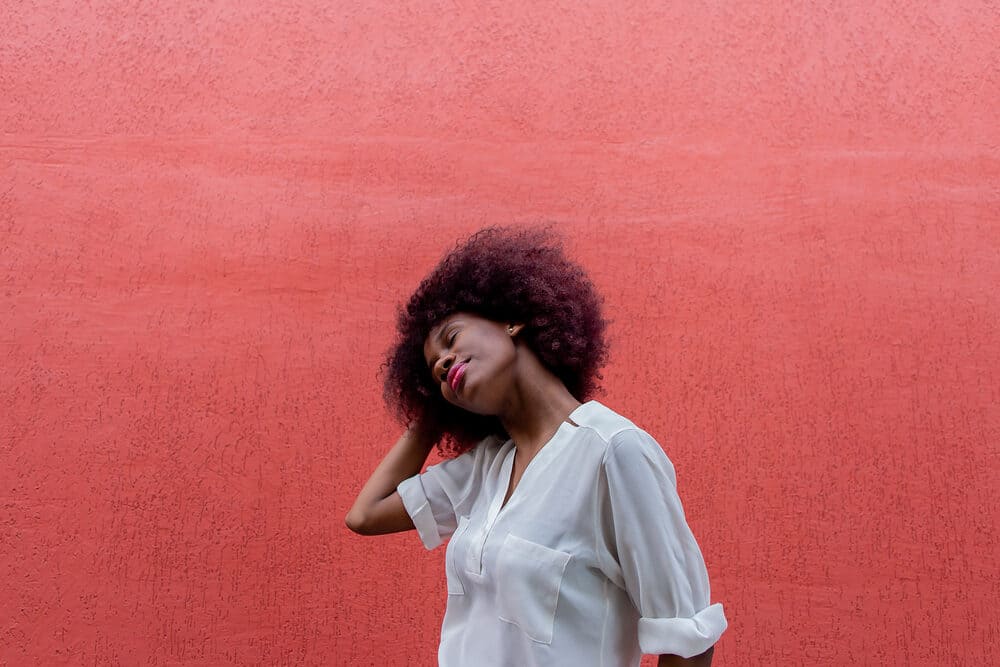
In addition to ensuring that your curls are adequately prepared for the hair coloring process, there are other things that you should keep in mind.
Keep reading for some more tips to follow when dyeing your hair at home.
- After washing your hair, make sure that it’s dry. If you attempt to dye soaking wet hair, the dye may become diluted or drip down your hair as you apply it.
- Follow the instructions on the hair dye packaging very closely. Deviating even slightly from the instructions can alter your results or cause damage to your hair.
- Always ensure that your hair is fully saturated with the dye. One of the most significant causes of less-than-even dye jobs is uneven hair dye application. Take your time and make sure that you apply lots of dye. Massage it through to ensure complete distribution.
- Know that your results could differ from the color pictured on the box. These images don’t take your natural hair color or porosity into account. So, adjust your expectations accordingly.
- Use a bowl and a brush to apply your hair dye. Though most box hair dyes come with a squeeze bottle, you’ll quickly find out that it’s difficult to apply the dye using it.
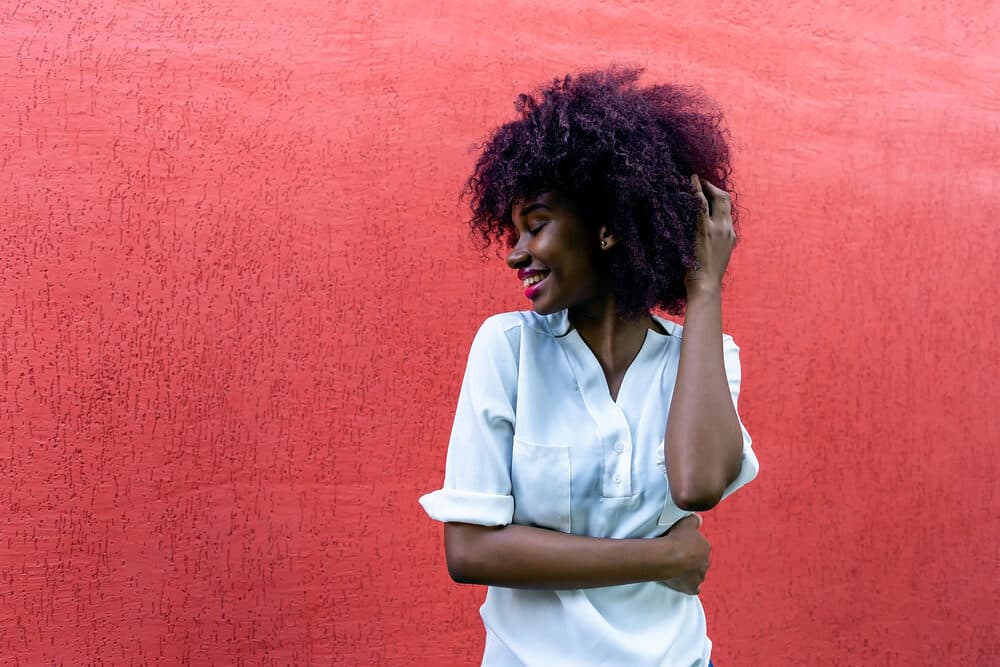
- How To Stop Hair Dye From Bleeding
- Does Hair Dye Expire?
- How Much Does It Cost To Dye Your Hair
- Can You Dye Your Hair In The Military?
Achieving the best results with a new hair color largely depends on the condition of your hair. This is true whether you're at a hair salon or using an at-home hair color treatment. For semi-permanent dyes, clean hair is crucial for vivid color and even coverage. So, washing your hair 12-24 hours before the coloring session is advisable.
In contrast, permanent hair color requires a different approach. Your hair is washed 1-2 days before creating a natural protective layer. This is essential for reducing scalp sensitivity and enhancing your color result.
For dyeing gray hair, ensure your hair isn't overly oily or laden with hair products. This can improve gray coverage for those dealing with gray hair.
Celebrity hairstylists and experienced hair colorists emphasize the importance of using color-safe shampoo. You also avoid frequent washing post-coloring. This will allow you to maintain the integrity of the hair cuticle and prolong the vibrancy of the color. Following these guidelines supports the health and longevity of your color-treated hair.
To sum things up, you should wash your hair before dyeing it, 48 hours prior to permanent dye and immediately before semi-permanent dye.
We hope this article has given you all the information you were looking for on this topic, and we wish you the best in your hair dyeing endeavors.




